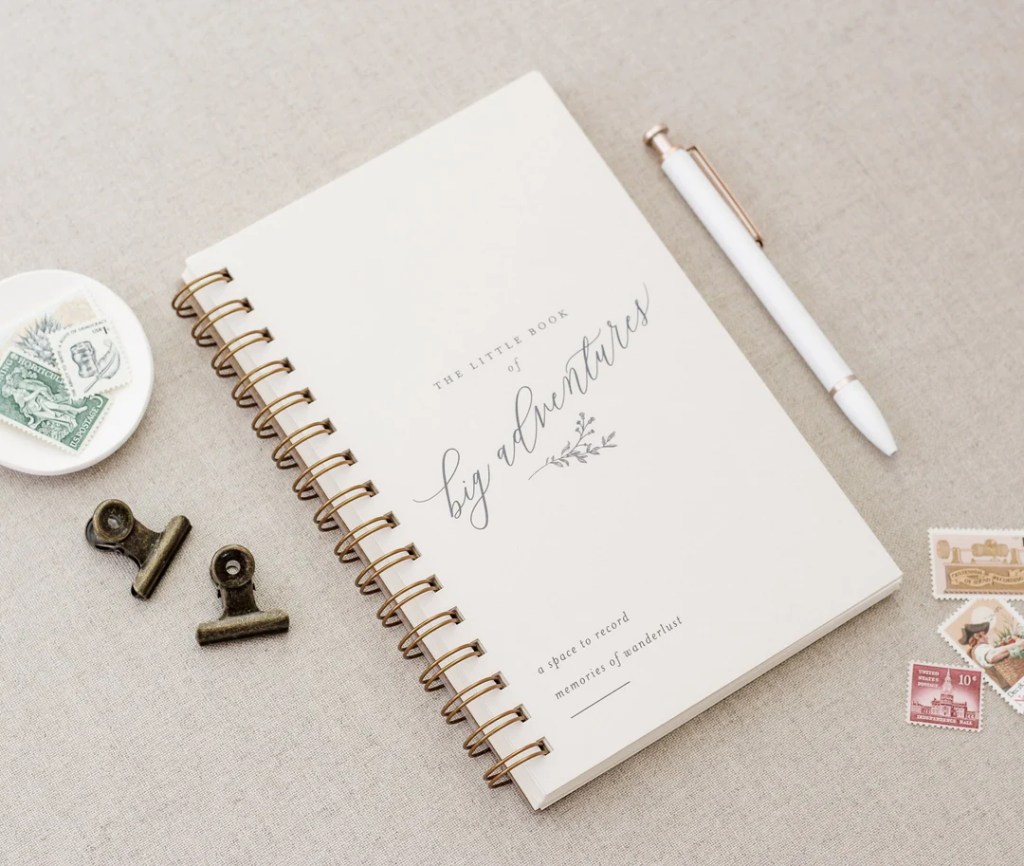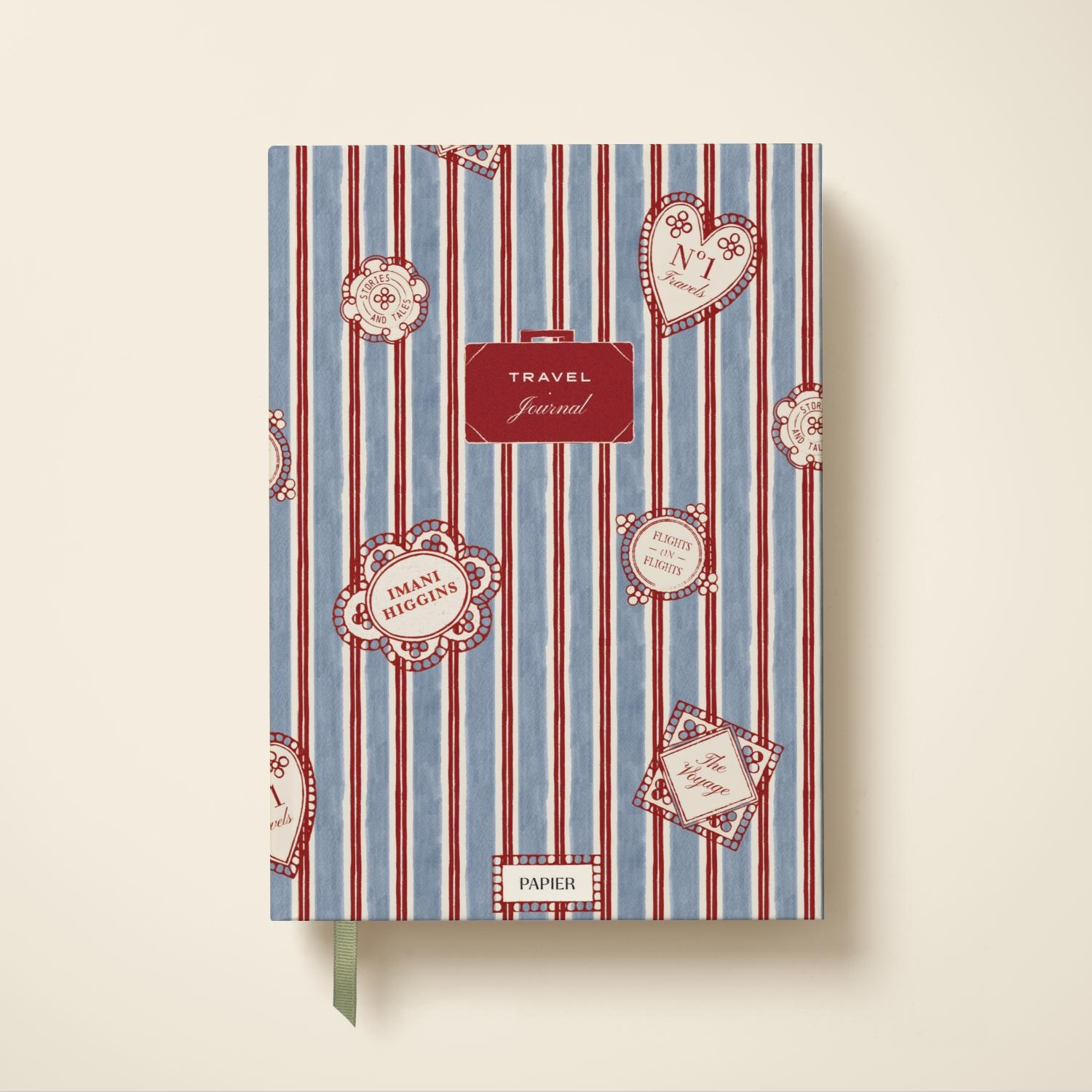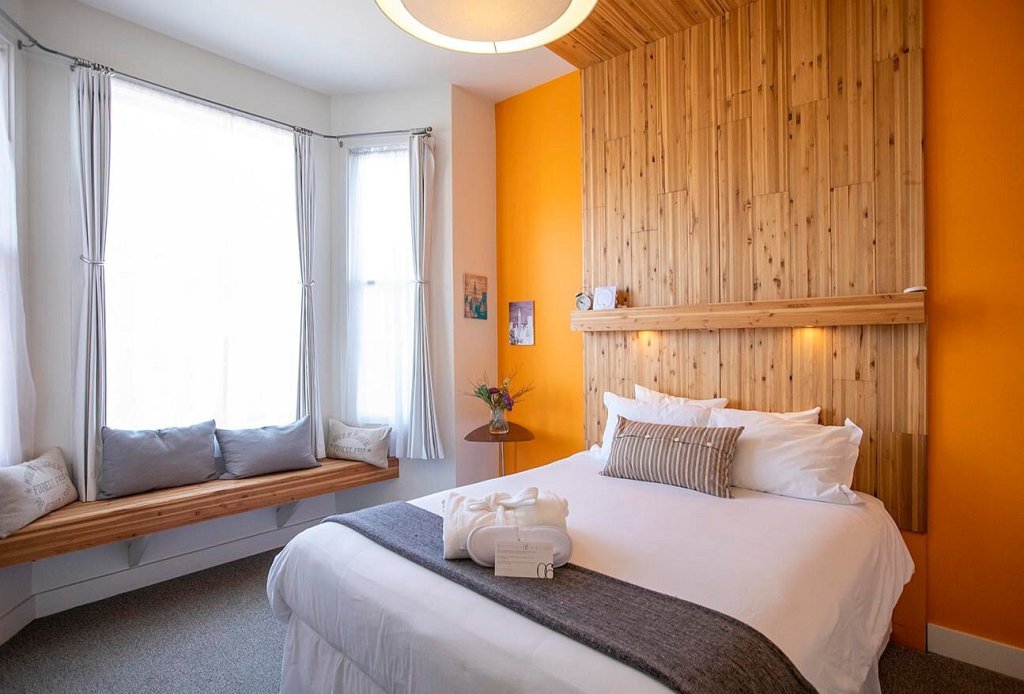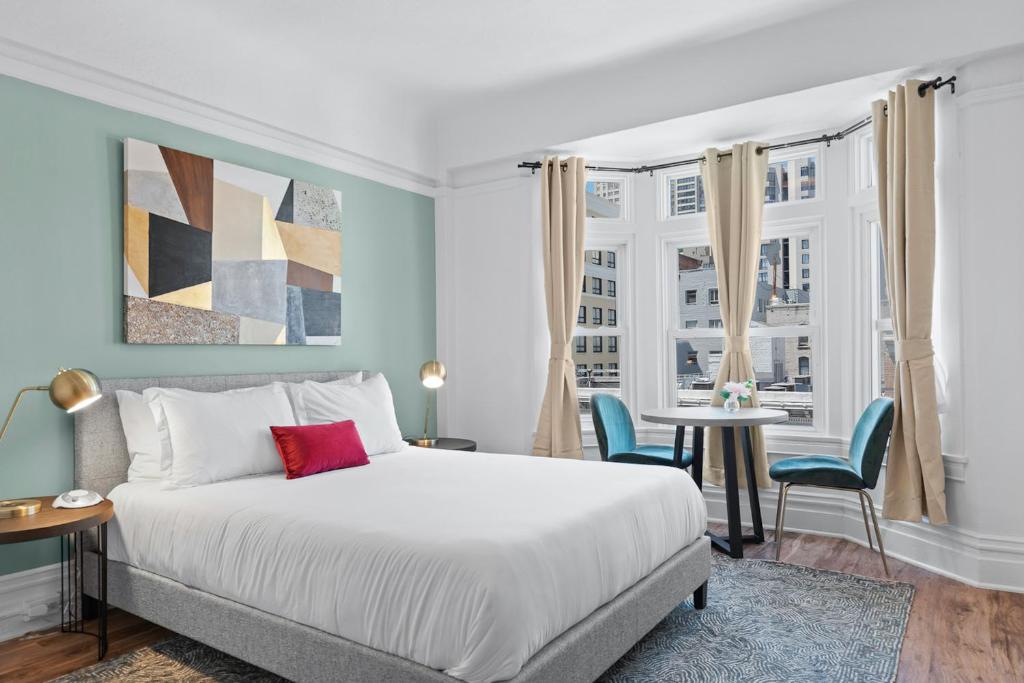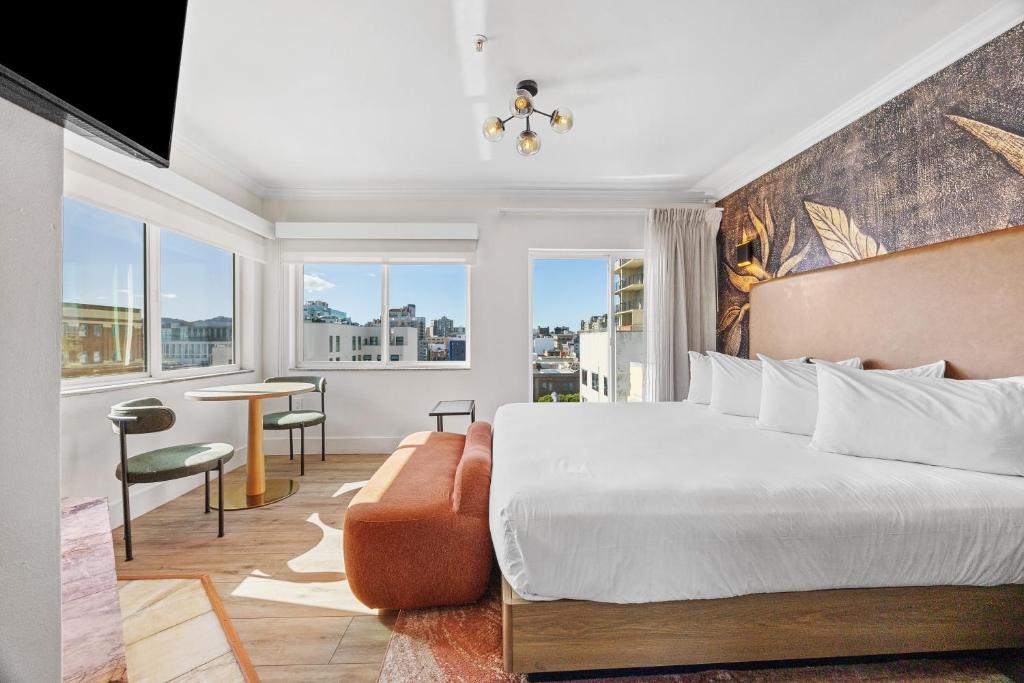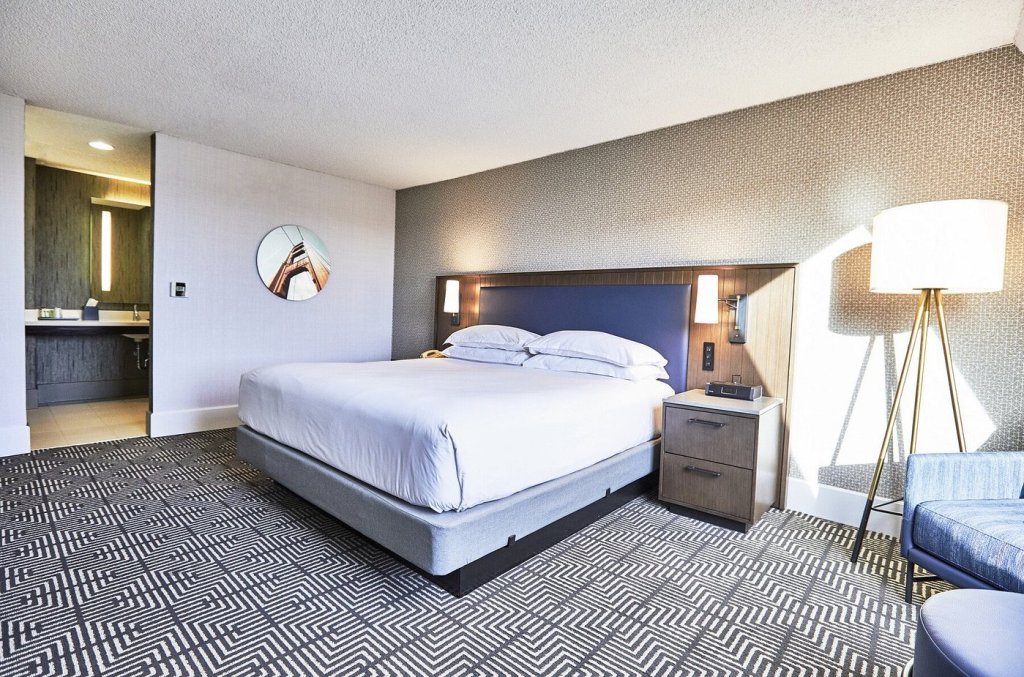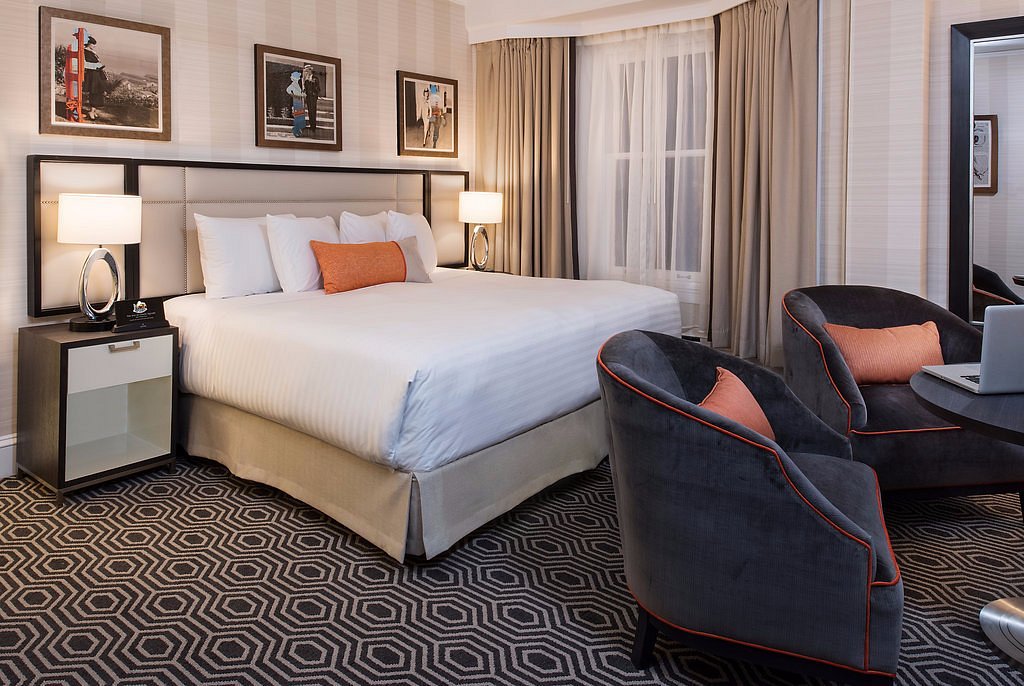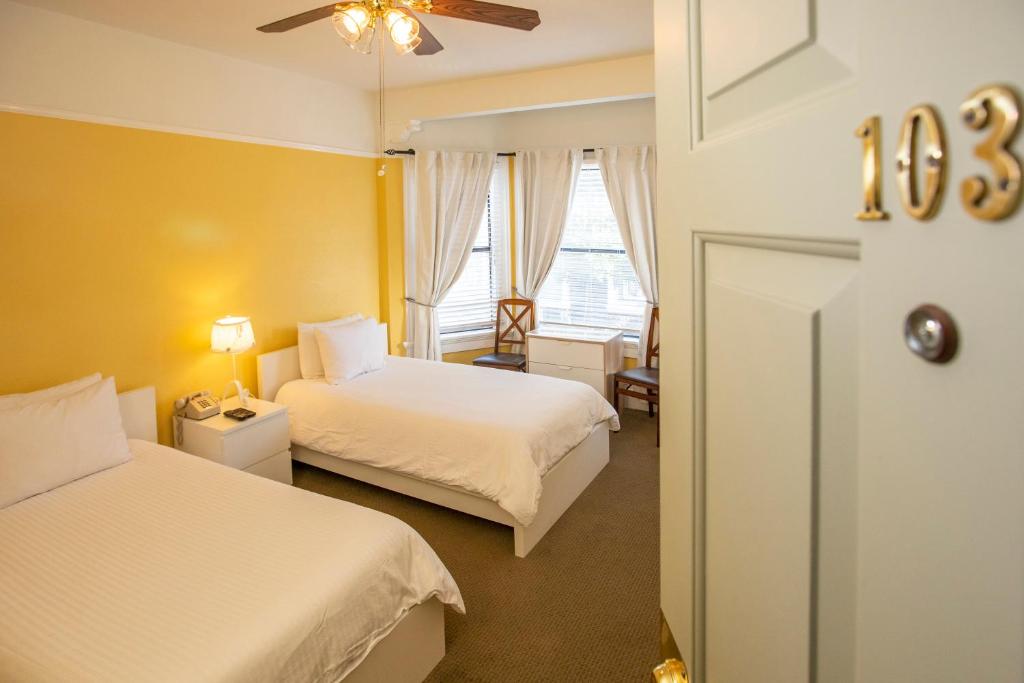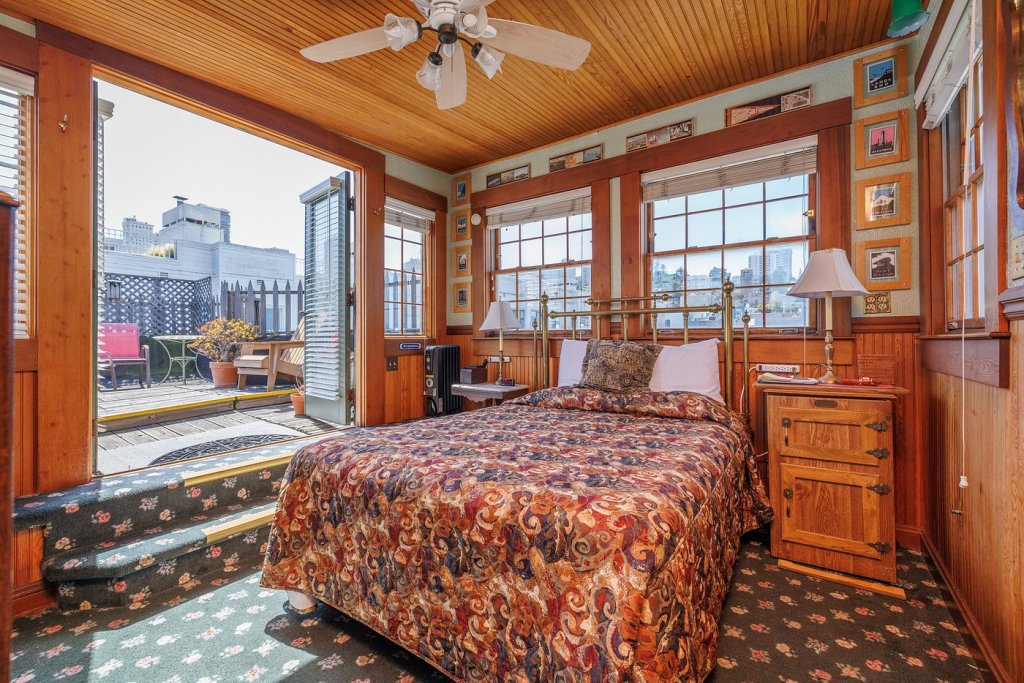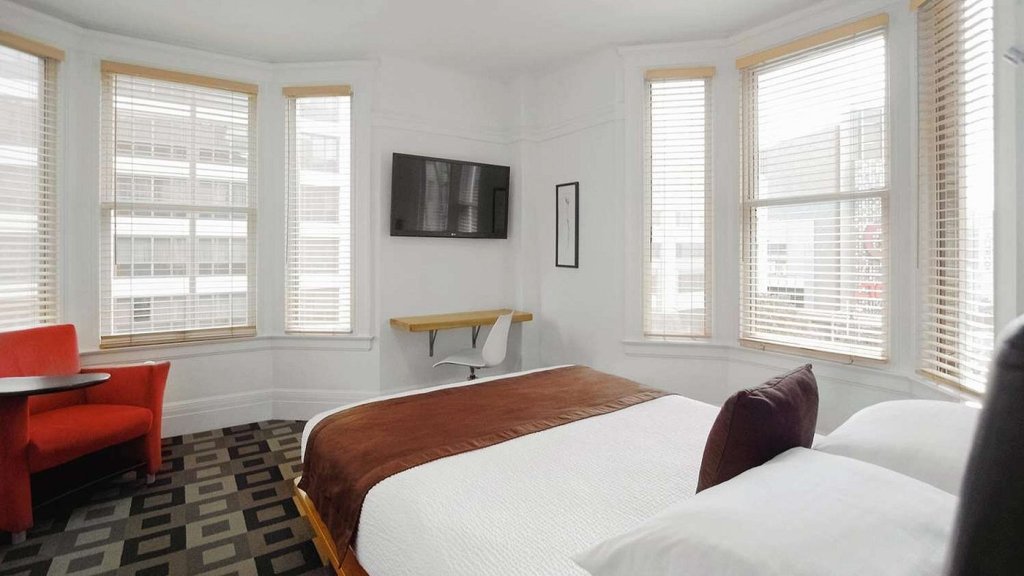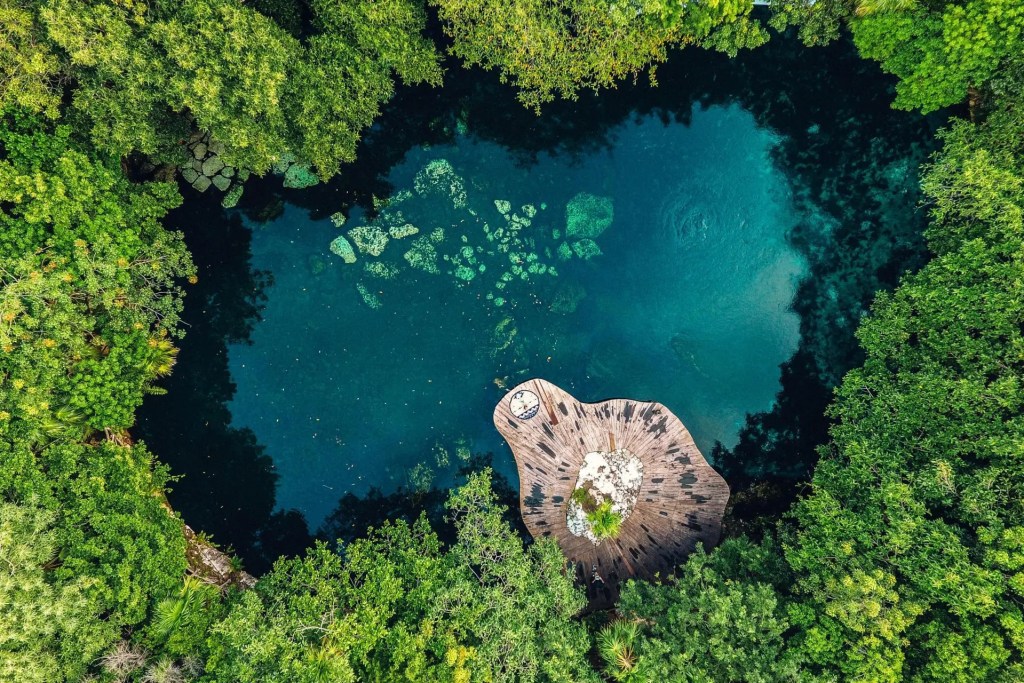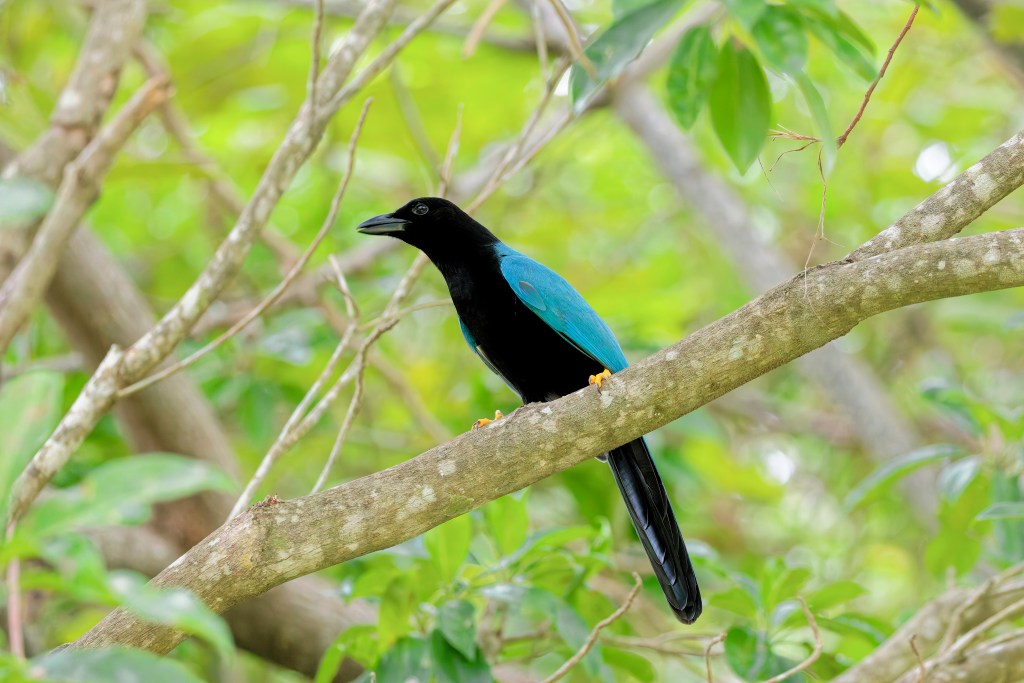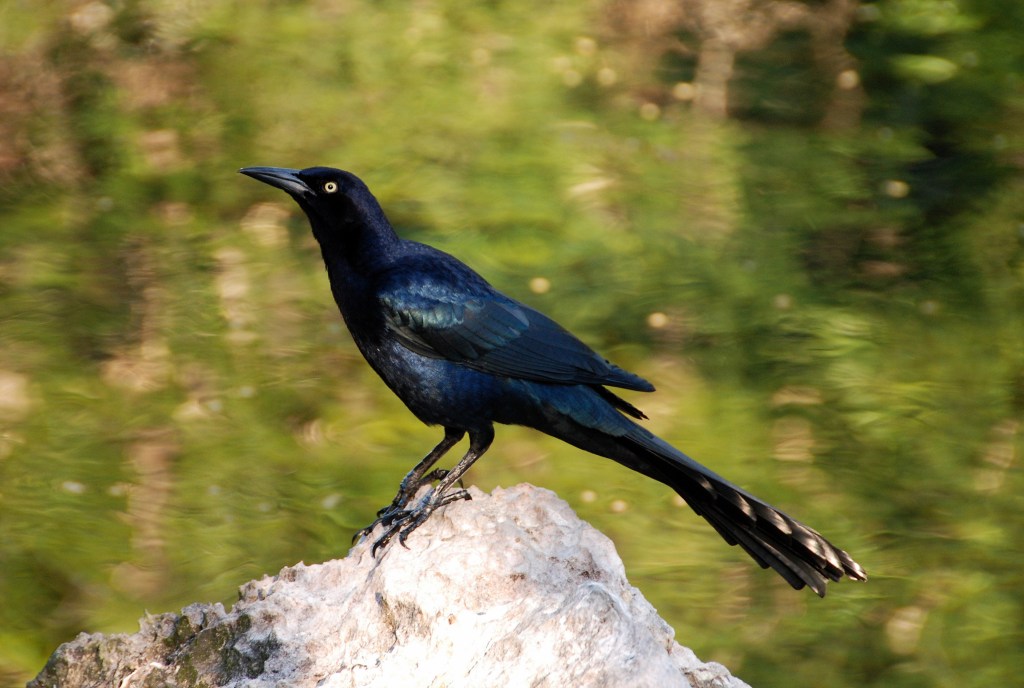I know, I know—wine probably isn’t the first thing that comes to mind when someone brings up Niagara Falls.
But just a short drive away from North America’s grandest waterfall waits the Niagara Escarpment. This unique slice of land is ideal for growing grapes, which produce award-winning varieties across the Niagara Wine Trail year after year.
While ice wine is a top priority for many visitors, it’s hardly the only offer when it comes to wineries near Niagara Falls.
Ready to drink your way through the area surrounding the falls?
Meet the best wineries on the Niagara Wine Trail, each of which offers a special twist in the art of fermenting grapes.
Best wineries near Niagara Falls on the Niagara Wine Trail
A Gust of Sun Winery (Ransomville, NY)
Looking for something sweet this summer? Head to A Gust of Sun Winery. Not only do they specialize in dessert wines, but they also excel at wine and chocolate pairings. Aside from great wine, you can enjoy the company of the winery’s West Highland White Terriers while you kick back in the two-story Amish barn that serves as the tasting room.
Anthony Manor Winery (Sanborn, NY)
This homegrown project is born from passion and a penchant for grape-growing. Think: a converted garage tasting room, free roaming dogs, and a solid menu that you can enjoy while you sample the winery’s red, white, lil’ sweet, and Chardonnay varieties. Plus, you can shop for other Anthony Manor specialties, from jalapeno jam to fresh maple syrup.
Bella Rose Vineyard & Winery (Lewiston, NY)
This relatively new operation kicked off in 2015 with the goal of growing the best grapes in the Niagara Escarpment—but I’ll let you be the judge. At Bella Rose, you can sample wine while also enjoying other special events, from live music to paint/craft nights. You can even sample beer from their partners at RiverWorks.
Black Willow Winery (Burt, NY)
Looking for a well-established winery with award-winning wines and plenty of pairing options? Black Willow Winery offers chocolate and cheese pairings, with the latter coming straight from Amish Country. You also get to explore the 43-acre property, which includes a gorgeous lake and expansive orchards.
Honeymoon Trail Winery (Cambria, NY)
Award-winning wines that include fruit and ice wines—need I say more? In case that doesn’t sell Honeymoon Trail, go for their beloved Chocolate Covered Cherry Wine. Like the name suggests, this winery is also open for showers and other small gatherings.
Long Cliff Vineyard & Winery (Sanborn, NY)
Long Cliff specializes in wines like Pinot Noir, Pinot Gris, Riesling, and Sauvignon Blanc. All wines come from grapes grown on the property, offering a full-scope vineyard-to-glass wine tasting experience. This family-run establishment has been at it for around 50 years, giving you a professional and delicious experience.
Mayer’s Lake Ontario Winery (Hilton, NY)
This 90-acre estate produces over 50 unique styles of wine, along with other specialties like hard cider. There’s also an on-site bistro that serves up delicious cheese pairings. Live since 1961, it’s one of the longest-running vineyards and wineries in the Niagara Escarpment.
Schulze Vineyards & Winery (Burt, NY)
If you want ice wine, look no further. One of Schulze Vineyard & Winery’s specialties is Eiswein, aka Ice Wine, which is prepared traditionally. Even its sparkling variations, including Siegried Brut and Cuvee Reserve, are painstakingly prepared in the Champenoise style. It’s a little sip of Europe, in other words—but Niagara style, of course.
The Winery at Marjim Manor (Appleton, NY)
Pull up a chair and sample some of Niagara’s best fruit and grape wines at The Winery at Marjim Manor. As an added bonus, you also get to explore the historic manor, where you can learn a bit about local history—while you sample delicious wines and spirits, of course.
Victorianbourg Wine Estate (Wilson, NY)
Once again, you can get a taste for European-style wines in the Victorianbourg tasting room. They rely on the Burgundian model to produce high-impact grapes, which are then picked by hand. The added bonus? There’s a massive rose garden with over 40 different varieties. I can smell the winery from here!
Vizcarra Vineyards at Becker Farms (Gasport, NY)
With over 20 wines available, this gorgeous and stately vineyard is ready to host an intimate tasting—or host a full party, if you’d rather book the tasting room. Given this vineyard is on a larger farm (Becker Farms), you also have delicious fruits, veggies, cookies, and jams at your fingertips.
